
| Recorded by: Marilyn Westphal on 2025-08-25
Henderson Co.
Comment: | 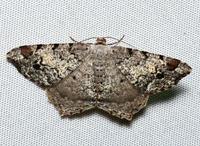
| Recorded by: David George, Kevin Bischof, Rich Teper, Patrick Coin on 2025-08-15
Transylvania Co.
Comment: |
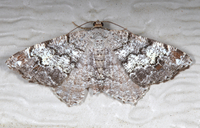
| Recorded by: Jim Petranka on 2025-07-18
Madison Co.
Comment: | 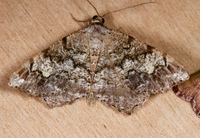
| Recorded by: Jim Petranka, Mark Basinger and Becky Elkin on 2025-06-25
Mitchell Co.
Comment: |
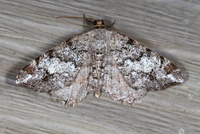
| Recorded by: Jim Petranka on 2025-04-26
Madison Co.
Comment: | 
| Recorded by: Emily Stanley on 2025-04-24
Buncombe Co.
Comment: |
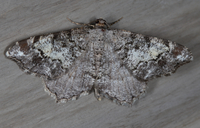
| Recorded by: Jim Petranka on 2025-04-23
Madison Co.
Comment: | 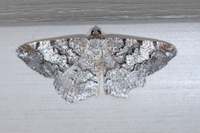
| Recorded by: Jim Petranka on 2024-09-08
Madison Co.
Comment: |
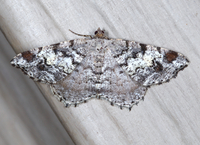
| Recorded by: Jim Petranka on 2024-09-02
Madison Co.
Comment: | 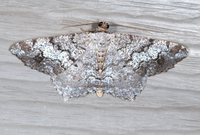
| Recorded by: Jim Petranka on 2024-08-25
Madison Co.
Comment: |
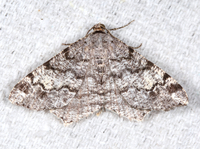
| Recorded by: Jim Petranka on 2024-08-23
Madison Co.
Comment: | 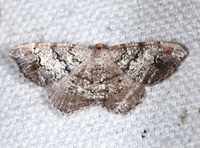
| Recorded by: Jim Petranka on 2024-08-07
Madison Co.
Comment: |

| Recorded by: David George, Jeff Niznik, Kevin Bischof on 2024-08-07
Transylvania Co.
Comment: | 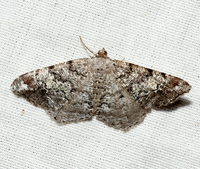
| Recorded by: David George, Jeff Niznik, Kevin Bischof on 2024-08-07
Transylvania Co.
Comment: |

| Recorded by: David George, Jeff Niznik on 2024-08-06
Transylvania Co.
Comment: | 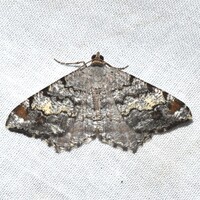
| Recorded by: David George, Jeff Niznik on 2024-08-05
Transylvania Co.
Comment: |

| Recorded by: Jim Petranka on 2024-07-07
Madison Co.
Comment: | 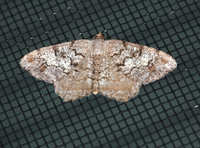
| Recorded by: Jim Petranka on 2024-06-24
Madison Co.
Comment: |
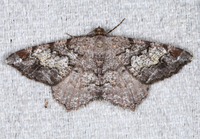
| Recorded by: Jim Petranka on 2024-06-20
Madison Co.
Comment: | 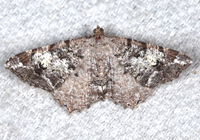
| Recorded by: Jim Petranka on 2024-06-20
Madison Co.
Comment: |

| Recorded by: Jim Petranka on 2024-06-16
Madison Co.
Comment: | 
| Recorded by: Jim Petranka on 2024-06-14
Madison Co.
Comment: |
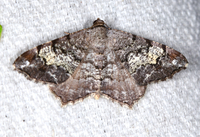
| Recorded by: Jim Petranka on 2024-06-07
Madison Co.
Comment: | 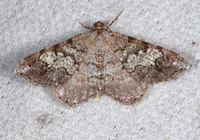
| Recorded by: Jim Petranka on 2024-06-05
Madison Co.
Comment: |
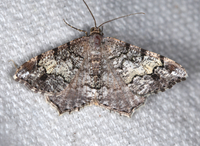
| Recorded by: Jim Petranka on 2024-06-02
Madison Co.
Comment: | 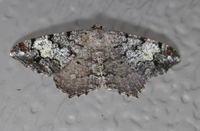
| Recorded by: Jim Petranka on 2024-05-22
Madison Co.
Comment: |

| Recorded by: Jim Petranka on 2024-05-14
Madison Co.
Comment: | 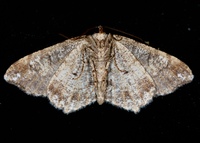
| Recorded by: Jim Petranka on 2024-05-14
Madison Co.
Comment: |
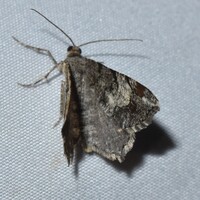
| Recorded by: Jeff Niznik on 2024-05-13
Madison Co.
Comment: | 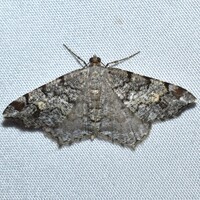
| Recorded by: Jeff Niznik on 2024-05-12
Madison Co.
Comment: |
|

 »
»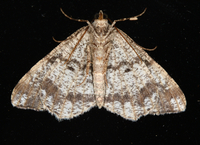

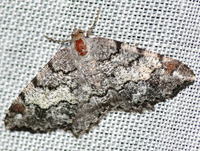


 »
»


